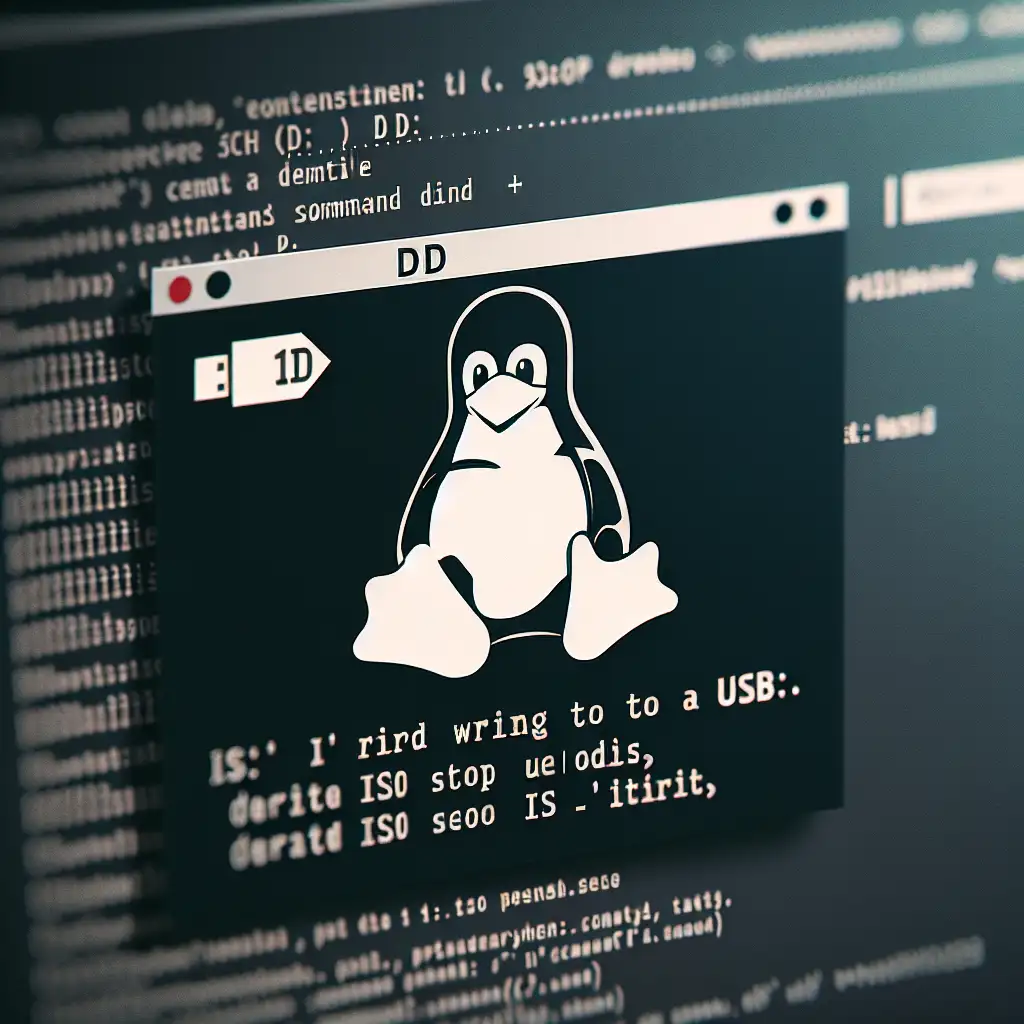Mastering ISO-to-USB on Linux: Reliable, Repeatable, No Guesswork
Consistent deployment depends on repeatable build steps—including provisioning bootable USB media. In a pinch, most admins encounter flaky GUIs or unpredictable “USB writers”; system recovery or OS deployment can fail for avoidable reasons. When managing infrastructure or production recovery scenarios, manual control over imaging is non-negotiable.
Standard GUI Tools: Where They Fall Short
Applications like UNetbootin, Startup Disk Creator, or even Etcher appeal for casual use, but hide too much from the operator:
- Progress bars mask actual I/O issues (read errors, partial writes).
- Some patch the ISO (inserts bootloaders, modifies volume IDs).
- Failure modes are silent; few log details.
- Unclear how legacy/UEFI detection is handled.
In practice, “yet another failed boot” often traces directly to such abstraction.
Device Identification: Avoiding Disaster
Critical: Operating with raw devices means a typo can wipe a production disk.
Use lsblk or blkid to clarify:
lsblk -o NAME,MODEL,SIZE,RM,RO,TYPE,MOUNTPOINT,LABEL
Typical output:
NAME MODEL SIZE RM RO TYPE MOUNTPOINT LABEL
sda Samsung_SSD 465G 0 0 disk
├─sda1 100M 0 0 part /boot BOOT
└─sda2 465G 0 0 part / ROOT
sdb SanDisk_Ultra 15.5G 1 0 disk
└─sdb1 15.5G 1 0 part /run/media/$USER/USB
Target the block device (e.g., /dev/sdb), not a partition (e.g., /dev/sdb1).
Gotcha
Some USB devices show up as /dev/sdc or /dev/sdd, especially on systems with SD card readers. Repeat lsblk before every write.
Step-by-Step: Imaging the ISO
1. Unmount (if auto-mounted)
sudo umount /dev/sdb1
Repeat if multiple partitions exist.
2. Write the ISO image directly
Basic approach, reliable since at least util-linux 2.24+:
sudo dd if=/path/to/image.iso of=/dev/sdb bs=4M status=progress conv=fsync
Flags explained:
bs=4M: Bulk transfer; smaller blocks hurt performance, much bigger can causeddto stall.conv=fsync: Guarantees all writes flushed to device; prevents incomplete or corrupt images.status=progress: Shows byte count and speed (since dd v8.24).
Practical Example
Imaging Ubuntu 24.04 LTS:
sudo dd if=~/Downloads/ubuntu-24.04-desktop-amd64.iso of=/dev/sdb bs=4M status=progress conv=fsync
Side Note
Some ISOs (Windows, hybrid bootloaders) require a physical block-for-block copy—no “burn” or file copying. Always double-check distribution docs (e.g., Fedora Media Writer sometimes handles GPT/MBR differently from dd).
Finalization: Sync, Eject, Confirm
After dd reports completion:
sync
sudo eject /dev/sdb
Disks are not always ready for removal immediately, especially on older kernels or USB2 devices.
Sanity Check: Does It Boot? Is It Bit-Perfect?
SHA256 Verification
Compare written USB bytes against the original ISO. Only the first N bytes (actual ISO size) matter; some sticks zero remaining space.
ISO_PATH=~/Downloads/ubuntu-24.04-desktop-amd64.iso
DEV=/dev/sdb
ISO_SIZE=$(stat -c%s "$ISO_PATH")
sudo dd if=$DEV bs=1 count=$ISO_SIZE status=none | sha256sum
sha256sum "$ISO_PATH"
Checksums should match. If not—potential hardware failure, early ejection, or cable/port issues.
Troubleshooting: Real-World Noise
- USB not booting: Some mainboards expect a specific partition table or EFI partition; consult hardware docs. Sometimes, reformatting with GPT/MBR is required before imaging.
Permission deniedordevice busy: Ensure no mount points are active and no partition managers (udisks2,gnome-disk-utility) are auto-mounting in the background.- Glacial speeds: Some USB3 sticks fall back to USB2 on cheap hubs or old cables—switch port, retry.
- Residual partitions after imaging: Some firmwares look for bootable flags;
partedcan be used pre-ddto clear existing tables. - Error example:
Indicates a missingdd: failed to open '/dev/sdb': Permission deniedsudoor stale process holding the device.
Alternatives & Why Not
cpfor ISO-to-USB? Sometimes works. Lacks progress, performance tuning, and hard-to-diagnose short-reads.- GUIs (Ventoy, Etcher): Useful for complex multi-boot sticks or UEFI/BIOS hybrids, but not scriptable, and logs are often opaque.
Additional Considerations
| Tool | Pros | Cons |
|---|---|---|
| dd | Transparent, scriptable, logs to stdout | Operator risk, no built-in verification |
| Etcher | Good cross-platform GUI | Black-box process |
| Ventoy | Multi-iso boot, persistent partition | Compatibility quirks |
Not perfect
USB sticks sometimes fail silently under heavy writes (bad sectors). For enterprise deployments (>10 units), run badblocks first.
Closing Notes
Manual ISO imaging via dd remains the canonical method for consistent, byte-accurate USB boot media on Linux systems. It requires discipline—device checking, post-write validation, understanding your hardware—but yields control not available in consumer GUIs.
For automation, including in CI/CD or field-ops provisioning, prefer shell scripts wrapping dd, coupled with device introspection and checksum verification.
If a deployment fails to boot, always suspect media first. Start with the basics—then escalate to firmware or ISO-level issues.
Known issue: Some USB sticks fake their capacity; always check dmesg logs after imaging:
dmesg | tail
If you require persistent partitions or advanced features, layer Ventoy or custom bootloaders after mastering the fundamentals.
